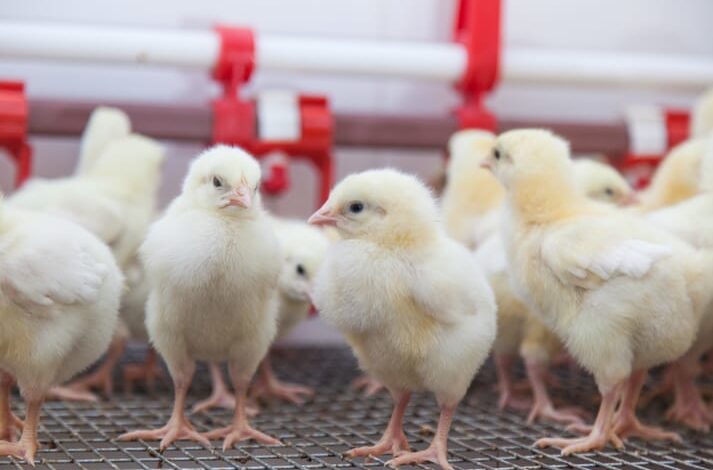
THE livestock sector is a very important economic sector which contributes enormously to the country’s gross domestic product (GDP). The poultry subsector is one of the lucrative enterprise in the livestock industry which has been contributing positively to the industry. The global value generated from the poultry sector in 2020 alone, was around $22 billion. This is estimated to have gone down by twenty-three per cent from the 2019 value. To the agricultural GDP, the sector contributes 4.8 per cent and forty-eight per cent to the livestock sector. It is evident from these statistics that the poultry sector is a very important economic sector in Zambia.
In the world, the largest producer of poultry products are Brazil and USA, each contributing 3.78 million metric tonnes and 3.25 million metric tonnes respectively. Brazil exports more than $6.5 billion worth of products every year. This is about twenty six per cent of our country’s GDP. Therefore, the poultry business is huge indeed. China, though a larger producer of poultry products, it is also a big market for the same including India. In Zambia, there are about one million small and medium poultry farmers. Just like maize, soybean and groundnuts, the small-scale farmers are the biggest players in the sector. On Saturday 18th July, I decided to sit at Cosmopolitan Mall from 08:00 in the morning to 16:00 in the afternoon. I was taking a census of the number of small canter trucks transporting chickens from the south to Lusaka, Kitwe and Kasumbalesa on the border with Congo DR. The statistics were so encouraging; there were about fifteen trucks that day carrying chickens (village), goats and sheep. Having been to Kasumbalesa several times, I know how our brothers from across the border love goat and chicken meat. This is another opportunity that Zambia has not fully explored. This sector has also provided a lot of job opportunities for the youth as well as incomes for all sorts of farmers. A few of my friends that have executive jobs are also rearing poultry for meat as well as eggs. Therefore, the importance of this subsector cannot be over emphasised.
Nonetheless, since the outbreak of COVID-19 in March 2020, the prices of poultry products have continued to rise exponentially daily. Though this cannot be attributed to COVID-19 only. Inflation, the dying economy, and many other things have also contributed to the status quo. In March 2020, the prices of chickens used to average K50 per bird. As at now the prices of chickens are ranging from K90 ($4) to K120 ($5.33) per bird. The day-old chick is now fetching K16 from as low as K5 not too long ago. The cost of day-old chicks has not only increased but it is scarce to source them. Some farmers have been on the waiting list from hatcheries for as long as two months. Many of them have paid in advance but they cannot be supplied with the birds. This shortage on the day-old chicks has opened the supply chain for chickens to foreign suppliers. If we are to alleviate the problem of high unemployment rates in this country, sectors such as poultry, vegetable production must be owned by the local players on a commercial basis. It is a fact that the Poultry Association of Zambia (PAZ) is doing everything possible to grow and sustain the industry. However, there is still need to do more to ensure consistency in production and supplying of the poultry products in the region and replace imports from South Africa and Brazil. The unfortunate happened in South Africa where they started stealing from themselves; people were seen carrying chickens, goats, and pigs that they had stolen from farmers. They are now hit by acute shortages of certain food stuffs in some areas. If our poultry industry was more organised, we could have monopolised the supply of such products to Congo and Angola.
The poultry industry in Zambia is like the horticultural subsector. It is driven by small-scale farmers with over seventy per cent efficiency. The tomato, cabbage and onion farmers in Zambia obtain yields near to the potential of the varieties that are planted. It is similar with poultry farmers; out of the number of day-old chickens bought for growing over 80 per cent are taken to the market. This is remarkable for the industry. However, there are still so many problems that the industry faces; problems such as diseases, semi-structured markets, quality issues and lack of access to finance to grow their businesses. The lack of finance stands out as the biggest challenge which has hindered some farmers from graduating into semi-commercial ones. If this can be sorted out, ‘CORONA’ will be kicked out of the poultry industry in Zambia and it will start to grow again.
If you want to learn more about this, get yourself a copy of our book; Agribusiness in Zambia: Untapped Opportunities. You can get a copy online or I can send you a PDF copy at a fee of K100 only.







